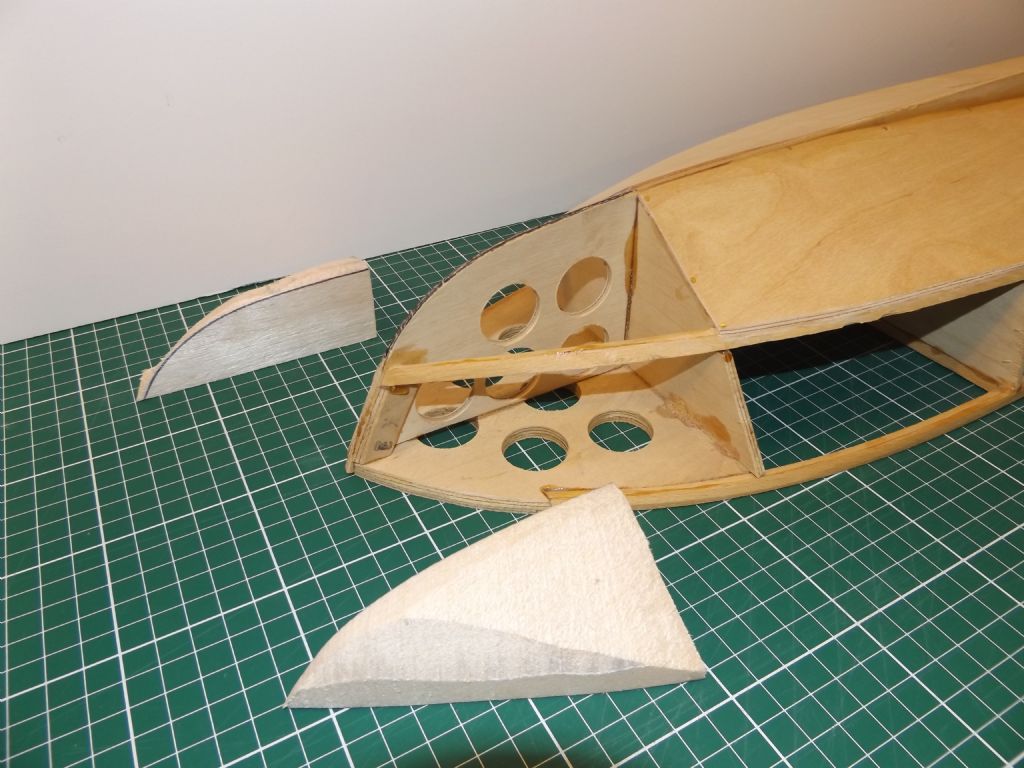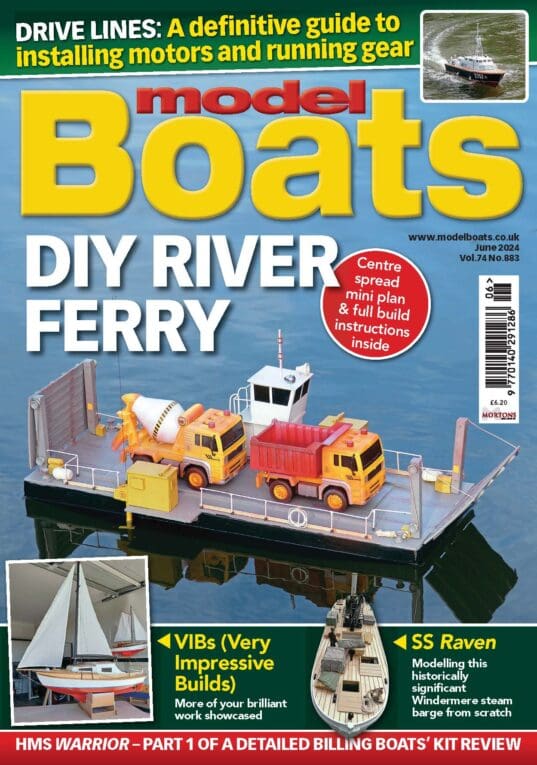That's a good point on the lightening holes, Ray, thanks for posting. Coincidently, after a trial fit of the parts, I was starting to think about radio, LiPo, motor installation, etc in order to get the model roughly balanced. This will, of course, mean holes in the bulkheads.
Anyway, the instructions require that the side cabin panels be cut 2/3 through to enable a bend in front of the rear cabin. This was done with a junior hacksaw, taking care to make a handed pair

With the slots opened out and the formers trimmed where necessary, it was time to test a dry fit. There's a slight bend in the rear part of the keel that I can steam out before gluing, and some of the formers are slightly off, but there's nothing significant to worry about.


The 'bend in the cabin sides can be seen in the next shot.

As suggested earlier, the former slots in the cabin side pieces don't match the former positions on the plan. The next shot shows the plan former positions on the keel, which is different from the former positions defined by the cabin sides. I'll need to take that into account when adding the doublers to the sides of the keel.















